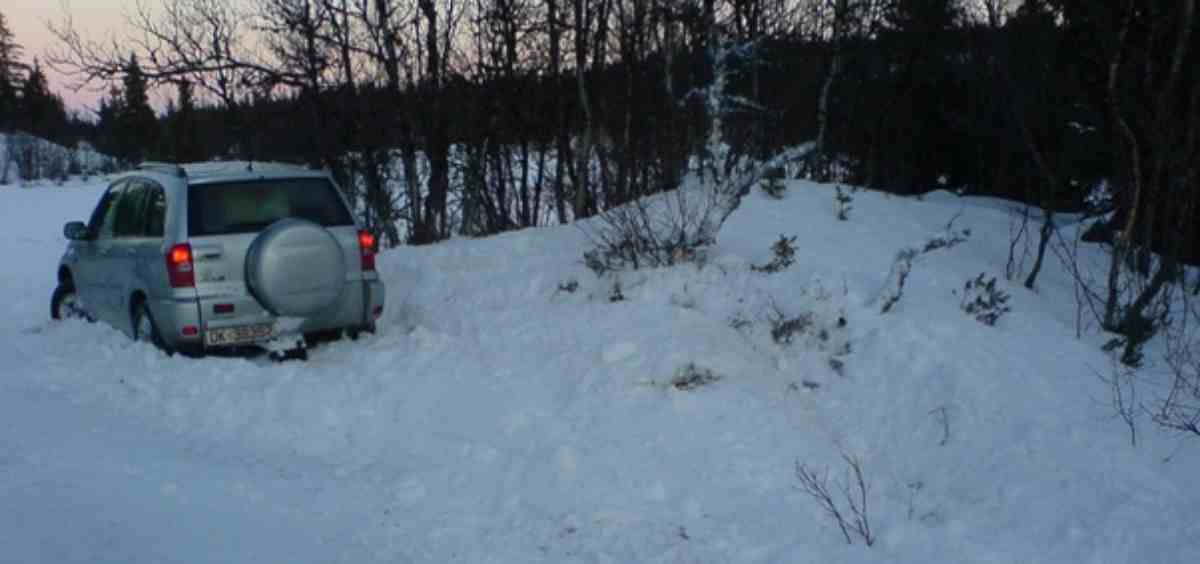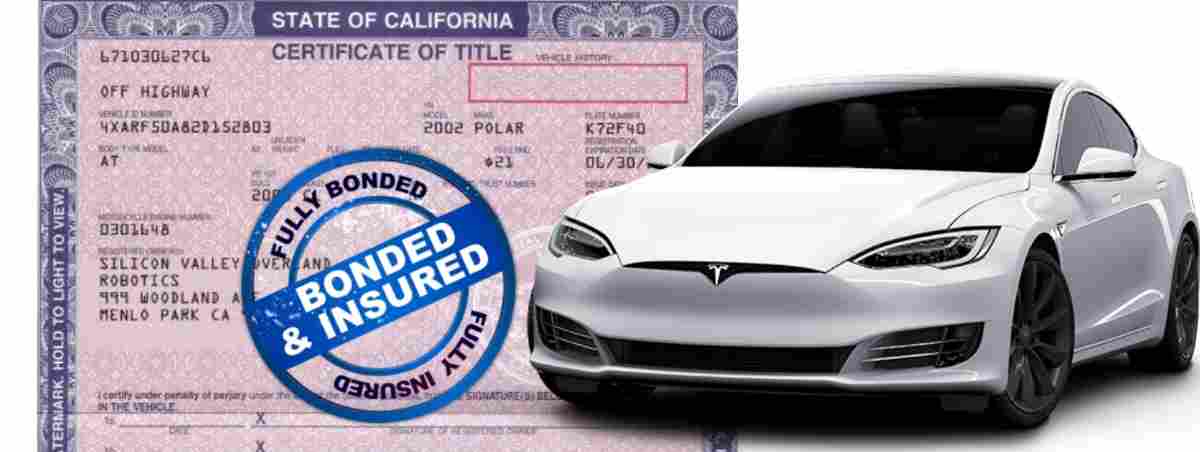Driving through snow has always been a wild adventure. But this article discloses how to drive an automatic car in snow comfortably.
While still inexperienced, I had experienced many white-knuckled drives in the snow with automatic cars. Like you, I resorted to asking questions to become a better driver.
Yes, I have learned a lot and would be sharing the best tips to drive an automatic vehicle through snow without crashing. Nevertheless, my 2 cents regards driving through the snow when it hits harder.
Of course, you’d get that swirly whirly driving experience that makes driving a nightmare. You can’t stop being panicky, but you can at least hold your grip and keep driving.
How to Drive an Automatic Car in Snow
Below is the full guide on how to professionally drive an automatic car in snow:
-
Prepare Your Vehicle
Yes, you must prep your car, especially if you left it unused for too long.
When the snowy season arrives, get your snow tires. Snow tires are one of the best practices and not all seasons. Clean the snow off the vehicle and get rid of ice, if any. Get the vehicle to warm up a bit and make sure the windows remain clear.
The windshield washer must be full too because you’d need it. Also, get your wiper blades ready. Turn off your 4-way flashers and headlights.
You’d also require a reliable winter windshield wiper fluid like Prestone to make your visibility clearer.
-
Follow Speed Limits and Don’t Panic
When you think you can’t see, you’d come to a sudden break and navigate the car the next few feet comfortably.
Make sure to adhere to the speed limit and do not speed unnecessarily. Always be cautious and when the visibility is poor, turn on hazards, high beams and drive slowly. Of course, you want to arrive at your destination in one piece and not wreck the vehicle either.
When driving your automatic car, make sure to put it in low gear (if any).
-
Don’t Steer Excessively
Do not accelerate too fast, especially through an intersection or up the hill. Trust me; you’d never like fishtailing.
-
Apply Brakes Gently and Slow Down
Apart from driving slowly, it is imperative to always apply brakes earlier and gently, compared to how you’d match it on a surface with traction.
Most of the time, snow causes skidding when turning, especially if you match the brake. So, you want to apply brakes even before your turn for your car to slow down, but not extremely before you make a turn. In this manner, you turn without skidding and maybe crashing.
-
Don’t Be Afraid of Oncoming Cars
Now, prepare your mind for the cloud behind the vehicle. Make sure to focus ahead while anticipating the oncoming cars and the nature of the next snowy path.
Also, put the following into consideration:
- Is there a big drift?
- Are there cars in front and behind?
- Is there a curve ahead?
- What does the road sign read?
While passing the oncoming cars, keep your calm. For some seconds, you’ll go blind when their tailwind touches your windscreen.
What matters, after all, is not panicking. Just keep your eyes ahead and feel OK.
-
Maintain Lots of Room from Other Cars
Maintain a decent space between your car and the car in front. Double the room space you’d normally keep during summer to reduce the chances of a crash.
It is recommended that you keep a 3-second space at least from the vehicle in front. Under snow with your automatic car, you’d want to keep at least a 5-second space or more.
-
Don’t Match the Brakes
You would be tempted to match the brakes while wrenching the steering wheel; don’t.
You haven’t the cloud, and it is too thick to see properly. When oncoming snow strikes your vehicle, you wouldn’t see for some seconds, and snowplow does the same.
Just keep going slowly without matching the gas or braking abruptly, and you’d notice that the blowing wall won’t last.
How do you bend with an automatic car on snow?
If you are driving an automatic car and going around a curve or following a bend, keep your feet off the gas and brakes. Slow down and retain that speed when making a turn. Prepare to control the vehicle while its drifts.
If your vehicle is a front-wheel drive, it may keep going straight, especially when you match the accelerator. And if you let off the accelerator, the car may swing from the back, so ensure that you accelerate gently while the wheels turn.
If your car is rear-wheel drive, it may swing from the rear end, especially when you accelerate. So, release the accelerator to keep the car stable.
Meanwhile, ABS braking may assist when your car is spinning uncontrollably, but it is not reliable.
Is it hard to drive in snow?

It is not so hard to drive in snow; however, it depends on the snow depth. If the sow is below 6”, it is easier to drive in. Typically, cars are at least FWD, and the engines are fixed on the drivetrain and front axle. On a 4×4, you’d find that snow is nearly filled with tractions.
Compared to ice, however, snow is easy to drive in. You would have traction driving in snow, whereas ice deprives you of the least traction.
When you drive in snow, you must control your actions and be ready to succumb to snow influence on the car, such as drifting.
You must slow down most of the time and keep off the brakes. Learn how to recover from skids and slides, too, to make driving in snow even easier. Besides, you do not expect to drive as you would on dry pavements.
The major problem with driving in snow is encountering reckless drivers, typically inexperienced, that match brakes rapidly at high speeds.
Are automatic cars OK to drive in snow?
Not really; an automatic car is not the best option for driving in snow. Nonetheless, both manual and automatic car drivers get the same tip for driving on snow, but it is harder to control an automatic vehicle off the snow.
What gear should I drive in snow with automatic?
If you find your vehicle in deep snow, keep the wheels straight and begin with the first gear to get more power. When you are clear, shift to D. if you are making a turn, downshift to have a bit of traction, and upshift to speed up after turning. The best practice is to downshift without accelerating, though.
Final Thoughts
A manual vehicle is better during the snow. Why? The gear does not change from what you need, and it does not shuffle up/down, changing torque with each shift to the wheels.
Like the popular saying, “Slow and steady win the race.” When you drive slowly and consistently, the snow driving experience is not challenging.
If you’re driving on ice, understand that AWD or FWD does not count, and ice makes driving terrible. Whether going on a trip or an expedition, suspend it or stay off icy roads.


